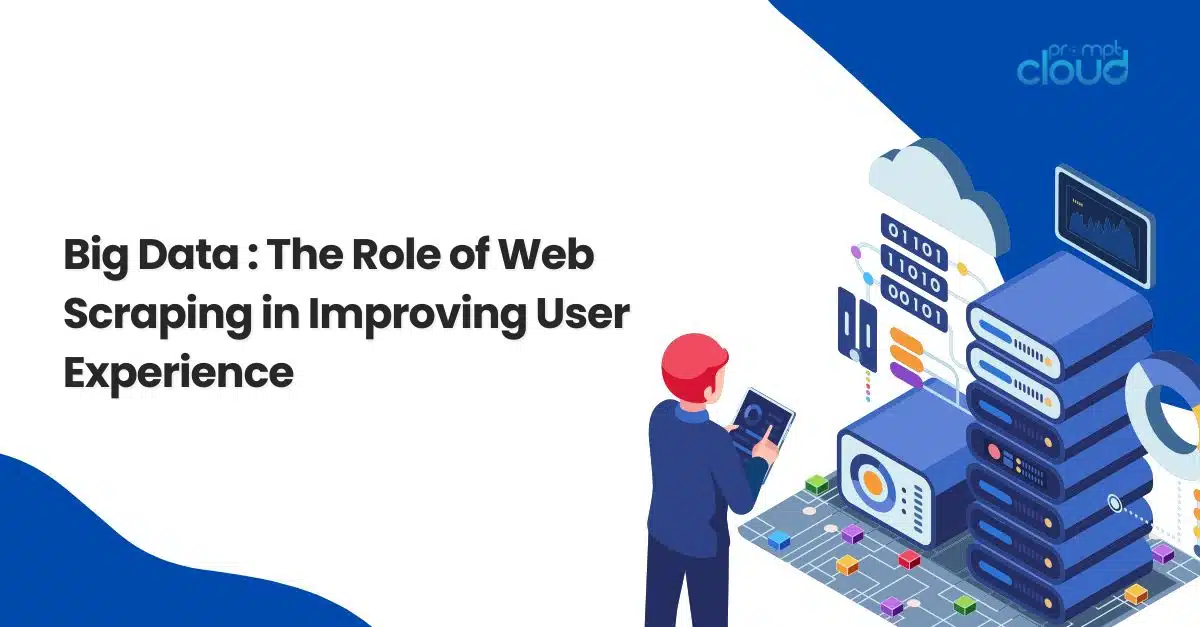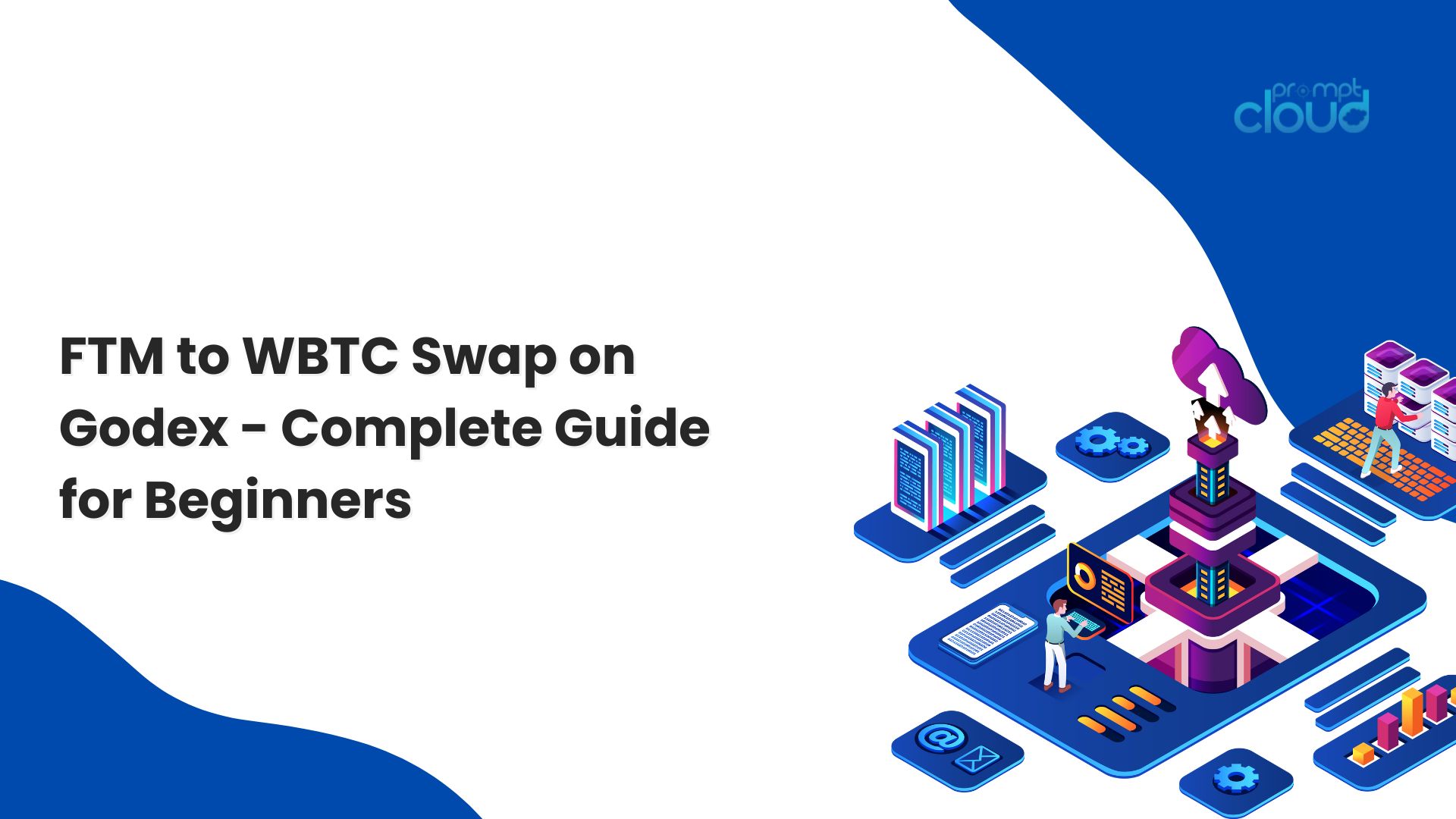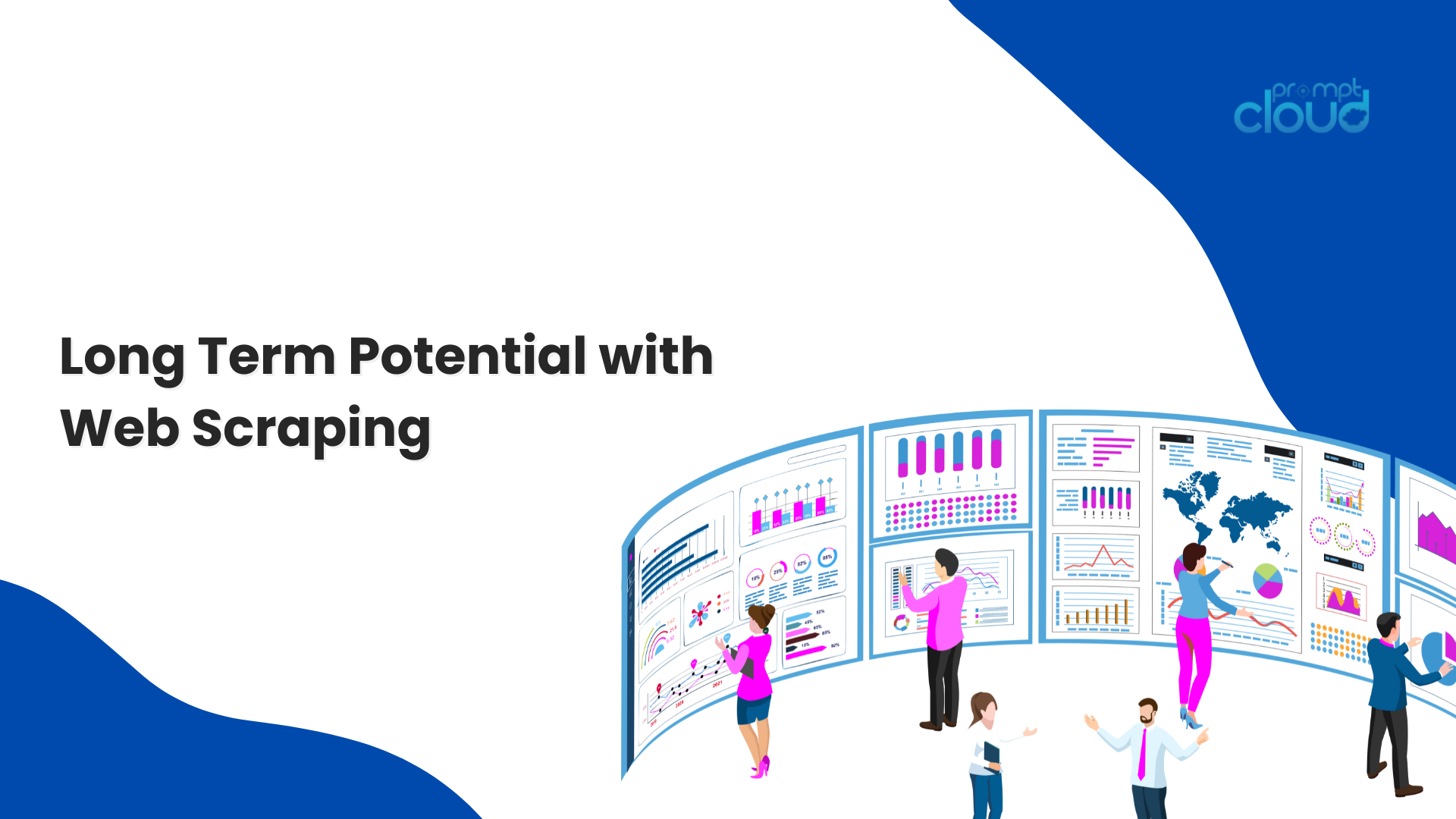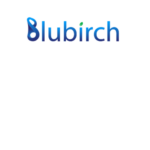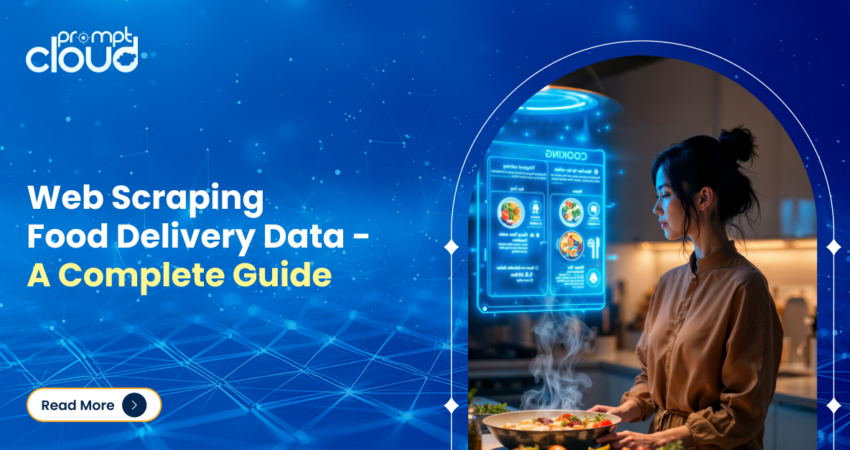
The food delivery industry is booming, driven by the demand for convenience and faster service. With intense competition and rapidly changing trends, businesses need to stay ahead by understanding market dynamics, customer preferences, pricing strategies, and menu offerings. Scraping food delivery data has become an essential strategy for gaining these insights and making informed decisions.
In this comprehensive guide, we’ll explore how to scrape food delivery data, the benefits of doing so, effective strategies, use cases, and best practices to ensure successful data extraction. By the end, you’ll have a clear understanding of how to harness food delivery data to enhance your strategies and optimize your operations.
Why Scrape Food Delivery Data?
Food delivery platforms, including UberEats, DoorDash, Grubhub, Zomato, and Swiggy, host a wealth of data that can provide critical insights for businesses.
Here are some of the primary reasons to scrape food delivery data:

- Market Analysis:
Analyzing food delivery data helps businesses understand market trends, including popular cuisines, customer preferences, and high-demand time slots. It allows businesses to identify emerging trends and adapt quickly. - Competitive Intelligence:
Scraping food delivery data allows you to monitor competitor strategies, pricing changes, delivery times, and customer ratings. It offers insights into how competitors structure their offerings and helps you refine your own strategies. - Menu Optimization:
Extracting menu data from food delivery platforms enables you to analyze which dishes are most popular, which items are frequently paired together, and what prices attract more customers. This helps you optimize your menu for better sales. - Customer Sentiment Analysis:
Analyzing reviews, ratings, and customer feedback provides valuable insights into customer preferences, satisfaction levels, and areas for improvement.
Now, let’s dive into how to scrape food delivery data effectively.
How to Scrape Food Delivery Data Effectively?

1. Identify Target Platforms and Data Points
The first step is to identify the food delivery platforms you want to scrape and the specific data points you need. Popular platforms like UberEats, DoorDash, Zomato, and Grubhub offer a range of data, including:
- Restaurant Listings: Name, location, cuisine type, and delivery times.
- Menu Items: Dish names, ingredients, prices, and availability.
- Pricing Information: Regular prices, discounts, delivery charges, and special offers.
- Customer Reviews: Ratings, feedback, and sentiment analysis.
- Delivery Details: Estimated delivery times, surge pricing, and delivery fees.
Defining these data points will help you structure your scraping process and ensure you collect the most relevant data.
2. Use Proxies for Efficient Scraping
Food delivery platforms often have strict measures in place to detect and block automated requests. To successfully scrape food delivery data, consider using rotating proxies:
- Why Use Proxies:
Proxies act as intermediaries that mask your IP address, making your requests appear as if they’re coming from different locations. This reduces the risk of getting blocked. - Rotating Proxies:
Implement rotating proxies to ensure that each request comes from a different IP, making it harder for platforms to detect scraping activity.
3. Implement User-Agent Rotation
User-agent rotation is another key technique when attempting to scrape food delivery data. By rotating user-agents, you make each request look like it’s coming from a different browser or device.
- How It Works:
Every request to the food delivery platform is sent with a different user-agent string, simulating real human behavior. This makes it harder for the platform to detect patterns and block scraping attempts.
4. Leverage Cloud-Based Web Scraping for Scalability
Cloud-based web scraping solutions are ideal for scraping high volumes of data from food delivery platforms. Here’s how they help:
- Scalability:
Cloud-based scraping allows you to handle large-scale data extraction across multiple platforms simultaneously without worrying about infrastructure limitations. - Automated Scheduling:
You can automate the scraping process by scheduling tasks at specific intervals, ensuring regular data updates without manual intervention.
5. Handle Dynamic Content and JavaScript
Food delivery platforms often use JavaScript to load dynamic content like menus, prices, and availability. To successfully scrape food delivery data, you need to handle JavaScript-rendered pages:
- Use Headless Browsers:
Tools like Puppeteer or Selenium can render JavaScript-heavy pages and extract the required data. - API Integration:
Some platforms have public APIs that allow you to access specific data points legally. While these APIs may have limitations, they can still be useful for structured data extraction.
6. Monitor Data Quality and Accuracy
Ensuring high-quality data is critical when you scrape food delivery data. Implement the following practices:
- Data Validation:
Regularly validate scraped data to check for accuracy, completeness, and consistency. - Error Handling:
Set up error-handling mechanisms to address issues like server timeouts, missing data, or unexpected site changes.
7. Analyze Data for Insights
Once you scrape food delivery data, the next step is to analyze it for actionable insights. Here are some analysis methods:
- Trend Analysis:
Identify popular dishes, peak ordering times, and demand patterns to adjust your marketing and menu strategies accordingly. - Sentiment Analysis:
Use text analysis techniques to understand customer sentiment from reviews and ratings, enabling you to improve customer satisfaction and address issues promptly. - Competitor Analysis:
Analyze competitor pricing, delivery times, and menu changes to identify gaps and opportunities in the market.
Top Use Cases for Scraping Food Delivery Data
1. Pricing Strategy Optimization
Extracting real-time pricing data from multiple food delivery platforms allows you to understand competitors’ pricing strategies and adjust your own prices accordingly. This ensures you remain competitive while maximizing profits.
2. Menu Personalization and Upselling
By analyzing menu data, you can identify popular items and frequently ordered combinations. Use this information to refine your menu, introduce new dishes, or bundle items for better upselling opportunities.
3. Customer Feedback Analysis
Scraping customer reviews from food delivery platforms enables you to understand customer opinions and areas for improvement. You can enhance customer service, improve food quality, and refine delivery processes based on these insights.
4. Market Expansion Planning
Analyzing food delivery data from different regions can help you identify new markets, popular cuisines, and potential demand. Use this data to plan market expansions and tailor your offerings to local preferences.
5. Demand Forecasting
By scraping data on ordering patterns, peak times, and popular dishes, you can forecast demand more accurately. This helps in better inventory management, resource allocation, and optimized delivery routes.
How to Scrape Food Delivery Data? Best Practices Revealed
1. Ensure Compliance with Legal Guidelines
Always respect website terms of service and comply with data protection regulations when you scrape food delivery data. Focus on extracting publicly available information and avoid scraping sensitive personal data.
2. Regularly Update Scraping Scripts
Food delivery platforms often change their website structures, making it crucial to update your scraping scripts regularly. This helps maintain data accuracy and reduces downtime.
3. Focus on Data Security
Implement secure data handling measures, such as encrypted storage and access controls, to protect the scraped data from unauthorized access.
4. Integrate Data Seamlessly
Ensure that the scraped data integrates seamlessly with your existing systems, such as databases, analytics tools, or CRM software, for better analysis and decision-making.
Conclusion
Understanding how to scrape food delivery data effectively is key to staying competitive in the fast-paced food delivery industry. From optimizing pricing strategies to enhancing customer experience, scraping food delivery data offers numerous opportunities for growth and improved decision-making.
By implementing the strategies discussed in this guide, you can harness the power of food delivery data and drive better business outcomes. Get in touch or write us at sales@promptcloud.com









